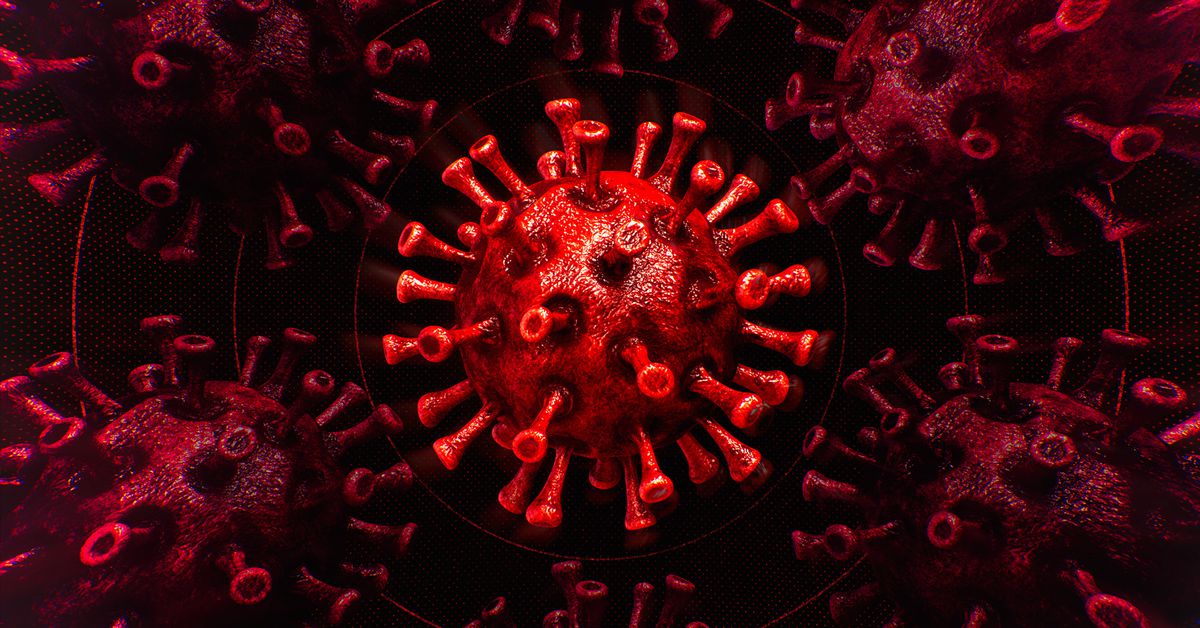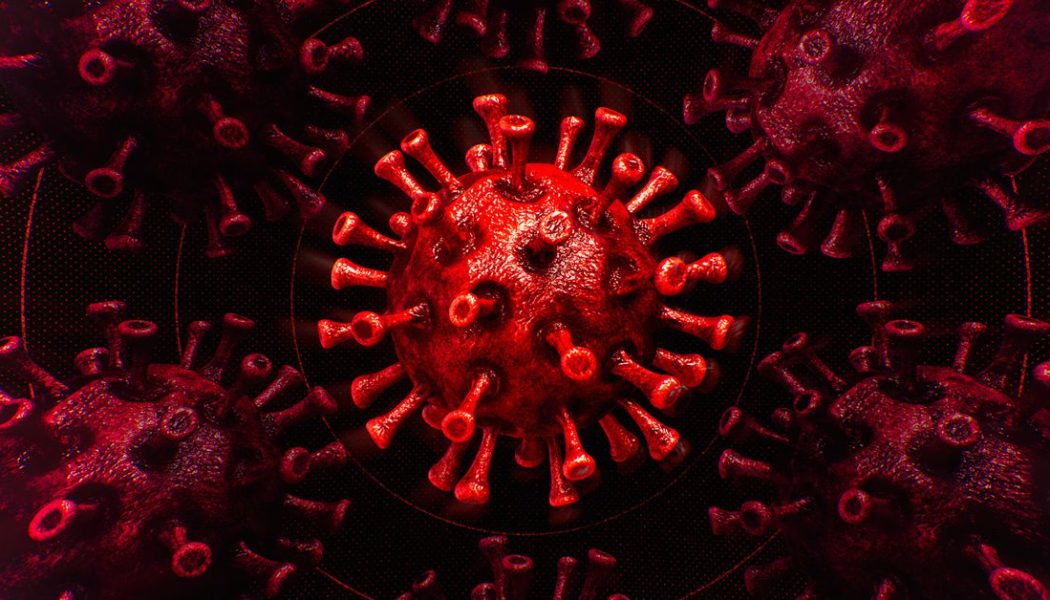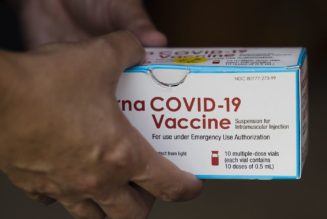
As the COVID-19 pandemic scales down in the United States, debates around the origins of the virus — and speculations that it came from a lab in China, not an animal — rumbled back to life. And they’re diverting attention to the wrong places. Focusing on where the virus came from is a distraction from the rest of the urgent work governments and health agencies around the world need to do in order to end this pandemic and prepare for the next one. We don’t need a consensus on the origins of COVID-19 in order to take steps to strengthen global public health.
That doesn’t mean finding out where the coronavirus came from isn’t important. It’s one of the pieces of information that could give us tools to prevent a similar situation from happening again. Saying that the coronavirus came from a lab rather than an animal is an extraordinary claim; it would require extraordinary evidence to be proven true. Both scenarios are still technically possible, even if a lab leak is far less likely. And there are serious scientists who are calling for a serious investigation.
After renewed attention — though, notably, little new data — on the theory that the outbreak started after the virus was accidentally leaked from a lab in Wuhan, China, President Joe Biden announced Wednesday that he’s asking United States intelligence agencies to redouble efforts to figure out the origins of the coronavirus. In 90 days, he wants to see a report “that could bring us closer to a definitive conclusion” on how the virus jumped to humans, sparking the COVID-19 pandemic.
Taking a methodical, dispassionate approach to tracking the origins of the coronavirus could take many times longer than Biden’s proposed 90 days, assuming there’s ever conclusive proof at all. It took around 14 years to figure out where the SARS virus came from. Tracing the origins of the 1918 flu pandemic took decades. Scientists still don’t know where Ebola outbreaks come from.
There are other things we could focus on that might not take quite as long and can provide sure results. Countries like the US could double down on efforts to distribute life-saving COVID-19 vaccines to poorer countries. Wealthy countries snapped up the lion’s share of the doses —and so far, 85 percent of vaccinations have been given there. Tedros Adhanom Ghebreyesus, director-general of the World Health Organization, called it a “moral failure.” The pandemic is still an urgent threat in places without enough shots for healthcare workers. If the virus is still spreading in those countries, the pandemic isn’t over. As long as it spreads, it can mutate and be a threat everywhere — even in places with high rates of immunization.
The US could also turn inward, and take a full account of the ways in which our public health response to the COVID-19 pandemic went horribly wrong. We could focus on shoring up our public health infrastructure and improving our hospital systems so they’ll hold up under a surge of sick people.
We could even use the time to take a look at lab safety practices. “Let’s stipulate that pandemics can result from natural spillovers or from laboratory accidents—and then let’s move along to implications,” Daniel Engber wrote in The Atlantic. Lab screw-ups happen, and they’re scary. People are particularly spooked by research that alters viruses to make them deadlier or more transmissible, which is done in some US labs. Well before the pandemic, experts questioned if there was enough oversight of those experiments. Even if a lab leak wasn’t involved in this particular pandemic, it might be worth strengthening policies around dangerous pathogens anyhow.
Finding the source of COVID-19 pandemic won’t bring back the nearly 600,000 people in the US who died from the disease. The virus itself isn’t the only reason why they’re gone — they died because the pandemic was bungled through a combination of bad leadership, poor communication, and decades of cuts to the country’s public health infrastructure. A viral outbreak is hazardous, but it only became such a magnificent disaster because of how people responded to it. Figuring out how to prevent a future viral outbreak from turning into this scale of a disaster is a better use of our limited time and energy.
That so many people are quick to assume intentional wrongdoing or neglect led to the initial outbreaks of the virus, though, shows how much trust in public institutions eroded over the past year. It’s for a good reason: China did attempt to downplay the pandemic and is working to paint its COVID-19 response as a victory. There were mistakes from groups like the World Health Organization, which was slow to recognize the importance of ventilation, and the US Centers for Disease Control and Prevention, which screwed up messaging around masks.
The terrifying mistakes made by public health officials, researchers, and politicians are things we should be honest about. We can take the fears that make people want to investigate the lab leak idea seriously. But we don’t need to know where the virus came from to deal with those issues — and they’ll be key to rebuilding trust, which we need for the next pandemic. Once the world is vaccinated, we should. But first, let’s try to keep as many people alive as possible.










